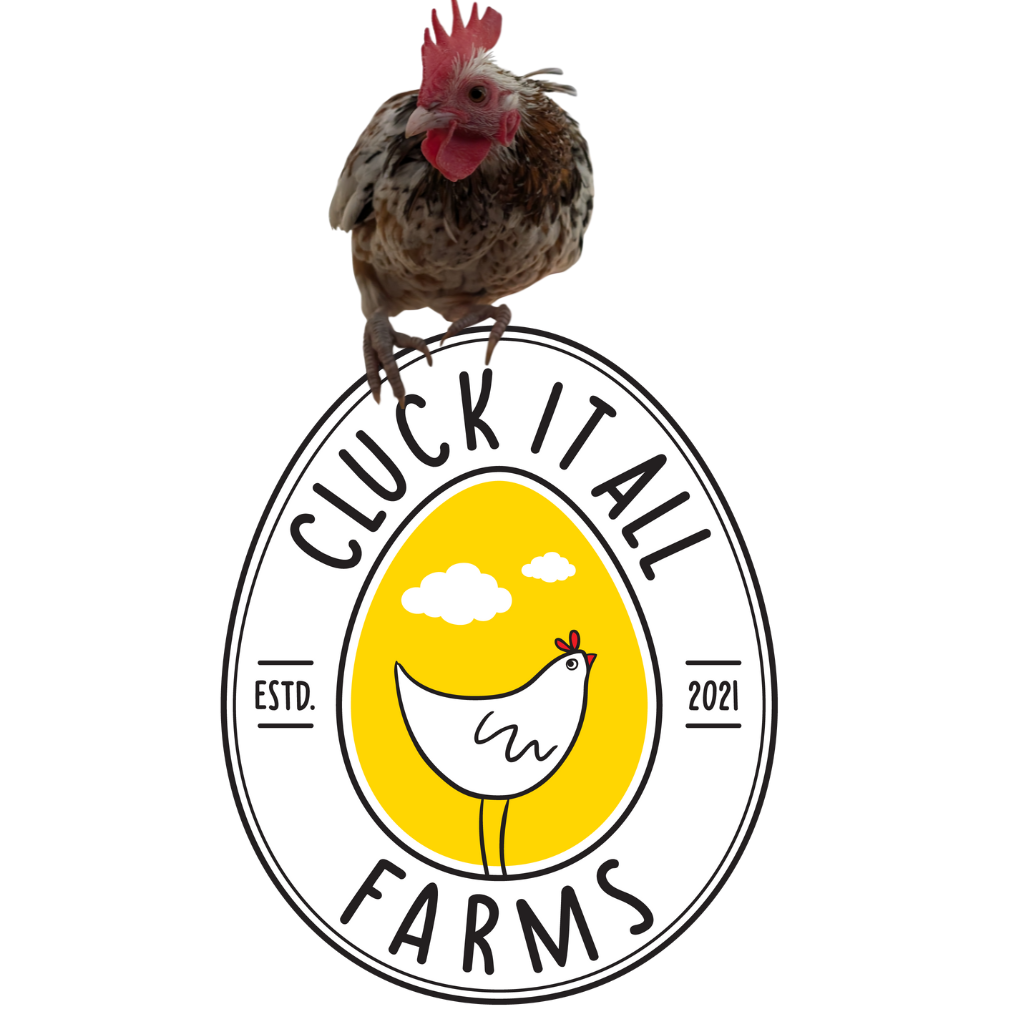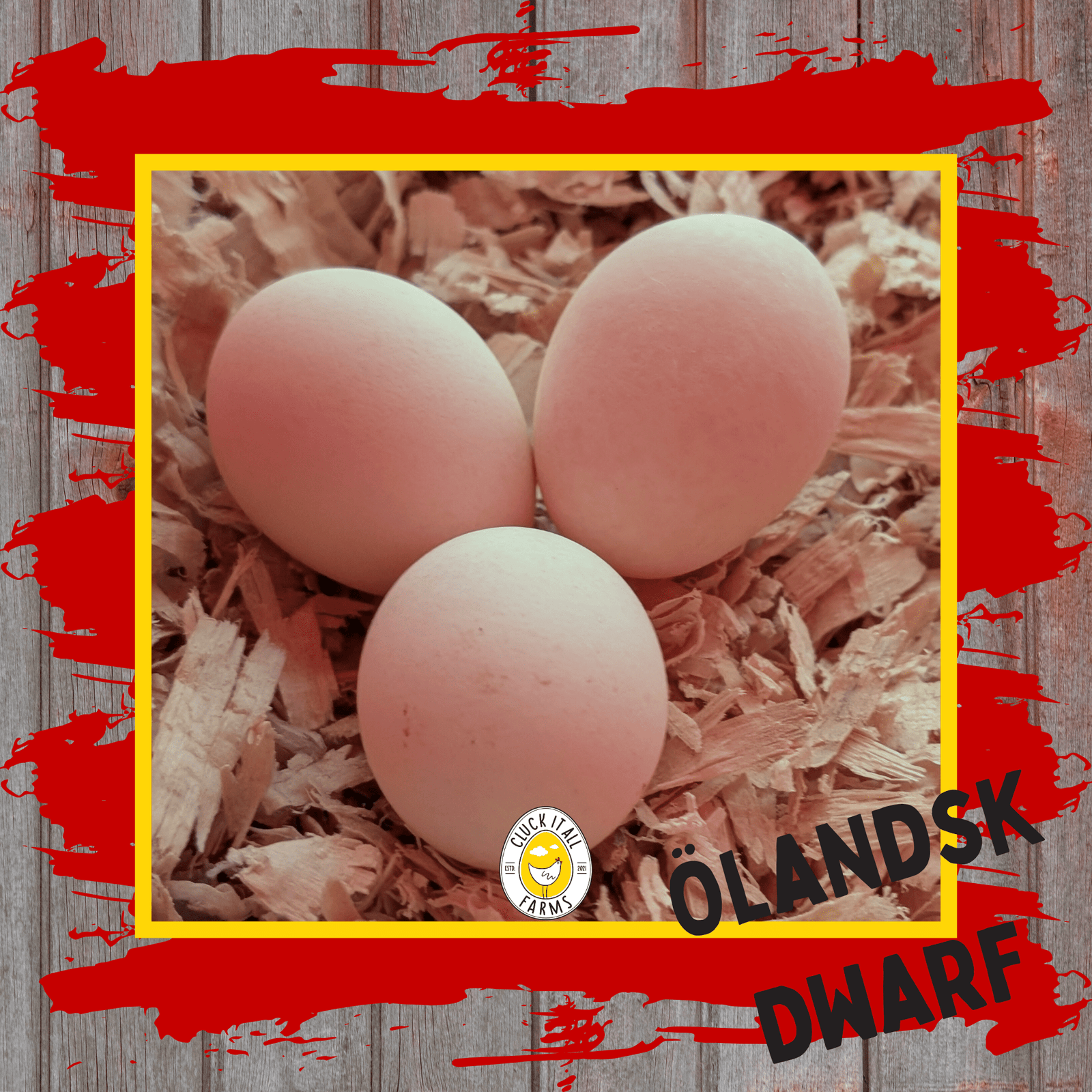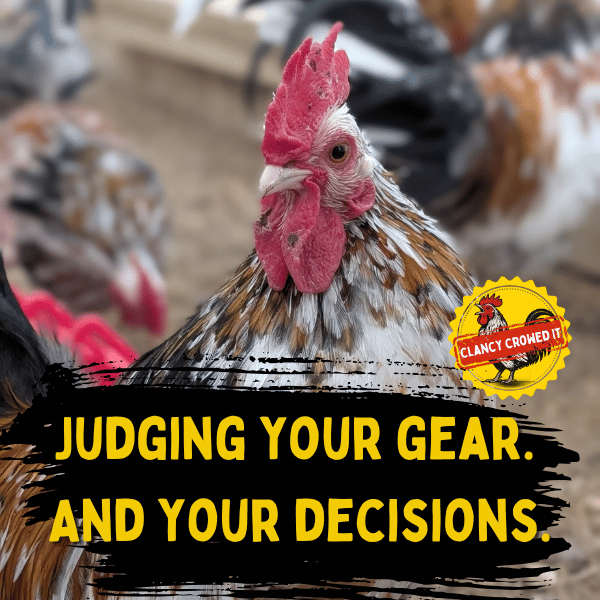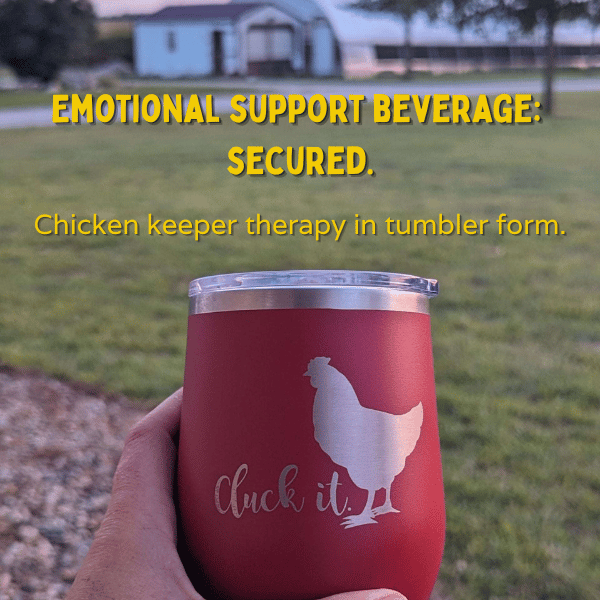Let's talk feathers and fun with our fabulous crested chickens! Have you ever wondered how that stylish crest on your Swedish Flower Hen or Shetland Hen impacts their behavior and senses? From sight to hearing, these fluffy friends have some unique quirks that make them stand out in the coop. Join us as we cluck about the crested breeds we adore, sharing insights on their special needs and delightful personalities. Get ready to discover how these fancy fowl can add an extra dash of flair to your feathered family!
Unruffling Feathers: Crested Chicken Genetics
The Peculiarities of Crested Genes
Crested chickens certainly catch the eye, but what’s going on beneath those poofy hats? The crest is actually the result of a genetic mutation affecting the skull's development. This mutation causes a change in the way the skull bones grow, allowing for a tuft of feathers to sprout in a delightful puff. However, this isn't just about aesthetics—this genetic quirk can influence the bird's senses and behaviors. For instance, the crest can limit peripheral vision, which may cause a more cautious demeanor in these birds. Breeders need to be mindful when selecting for this trait since the gene associated with the crest can sometimes bring about complications if not managed carefully. Responsible breeding and genetic understanding are key in maintaining the health and happiness of these crested charmers.
Crested Breeds: A Comparative Look
When it comes to crested breeds, not all mops are created equal. Swedish Flower Hens, Shetland Hens, and Icelandics each boast their own style of crest, which can vary greatly in size and shape. While Swedish Flower Hens often have a modest bouquet atop their heads, Shetland Hens can sport a crest that’s a bit more flamboyant. Meanwhile, Icelandics typically exhibit a smaller, more conservative crest. These physical differences can affect the birds' field of vision and hearing to varying degrees. For example, a larger crest may muffle sounds, altering the chicken's responsiveness to auditory cues. It's also interesting to note that the crest size may be linked to the chicken's social behavior within the flock. By understanding these nuances, keepers can better cater to each breed's needs and ensure their crested companions thrive.
Pecking at the Problem: How Crests Impact Behavior & Senses
Vision and Hearing: Crested Chickens' Unique Challenges
The majestic crests that distinguish breeds like Swedish Flower Hens and Shetland Hens have a significant impact on their sensory experiences. For Swedish Flower Hens, in particular, large crests—though striking—are not a trait to be sought after. They can restrict the birds' field of vision, which may compromise their ability to detect predators or locate food. Such sensory limitations can result in a more timid or cautious demeanor, with chickens hesitating to stray too far from the safety of the coop. Additionally, these crests may muffle sounds, which can diminish the ability of the chickens to perceive the calls of their flock or recognize potential dangers. It is advised that breeders avoid pairing crested hens with crested cocks, as the goal should be to ensure unobstructed vision and not exacerbate these traits. A secure environment that caters to their needs is thus crucial for these crested breeds to feel protected and for their sensory impairments to be accommodated. Backyard chicken keepers must comprehend these subtleties to furnish these distinctive birds with optimal care and well-being.
Behold the Behaviors: How Crests Influence Actions
Aside from the obvious sensory impacts, crests can influence the overall behavior of chickens. Birds with larger crests might be less dominant in the pecking order due to their reduced ability to see and respond to flock dynamics. This could lead to more passive behaviors, with these chickens staying closer to the safety of the coop or showing less interest in exploration. When interacting with humans or other animals, crested chickens might appear more reserved or hesitant. Keepers should take these potential behaviors into account, ensuring that crested breeds have opportunities to engage with their environment and flockmates in ways that suit their sensory capabilities. By providing tailored care, we can help these chickens lead contented lives, allowing their unique personalities to shine through despite the challenges posed by their fashionable crests.
Caring for Your Crested Cluckers: Special Considerations
Swedish Flower Hens, Shetland Hens, and Icelandics: Specific Care Tips
Swedish Flower Hens, Shetland Hens, and Icelandics each require specific care due to their crested traits. For Swedish Flower Hens, regular checks are important to ensure their crests do not become tangled or dirty, which could lead to skin irritation or infection. For Shetland Hens, whose crests can be quite dense, keepers should ensure they are trimmed to prevent obstruction of vision and hearing. Icelandics, with their smaller crests, still require monitoring for parasites and debris that can hide within the feathers. Across all breeds, providing a safe space with minimal hazards is crucial as their crests could affect their ability to detect danger promptly. Additionally, a stress-free environment can help mitigate the skittishness that sometimes comes with limited senses. With careful attention to these details, keepers can ensure their crested chickens remain healthy and happy.
Adjusting Care for Other Crested Breeds
While Swedish Flower Hens, Shetland Hens, and Icelandics are part of our main flocks, other crested breeds like Polish chickens or Houdans also need tailored care. These breeds often have very pronounced crests that can significantly obscure vision, making them more vulnerable to predators and accidents. For these birds, a secure coop is even more critical, and extra patience during handling can prevent startling them. It's also wise to keep their crests well-groomed to avoid matting and to check regularly for pests that might take refuge in the dense feathers. Lastly, consider their social needs; crested breeds may benefit from living with more vigilant, non-crested flock mates who can act as lookouts. By adjusting care routines to accommodate the specific needs of each crested breed, keepers can create a harmonious and safe environment for all their chickens.
Crested Chickens: Unique, Charming, and Ever Surprising
In conclusion, crested chickens are truly unique members of the poultry world. Their exclusive genetics cause them to sport a catchy crest that, while captivating, also influences their sensory abilities and behaviors. This peculiarity calls for dedicated care and attention by their keepers, who must be ready to provide a safe and enriching environment for these birds. Whether you have Swedish Flower Hens with their modest puff, flamboyant Shetland Hens, or conservative Icelandics, knowing your bird's needs is paramount to ensuring their well-being. Remember that other crested breeds, as well, require a robust understanding of their special needs. The challenges these chickens face merely add to their charm, making them lovable additions to any flock. It's this combination of charisma, charm, and distinctive care needs that make crested chickens extraordinarily unforgettable.












